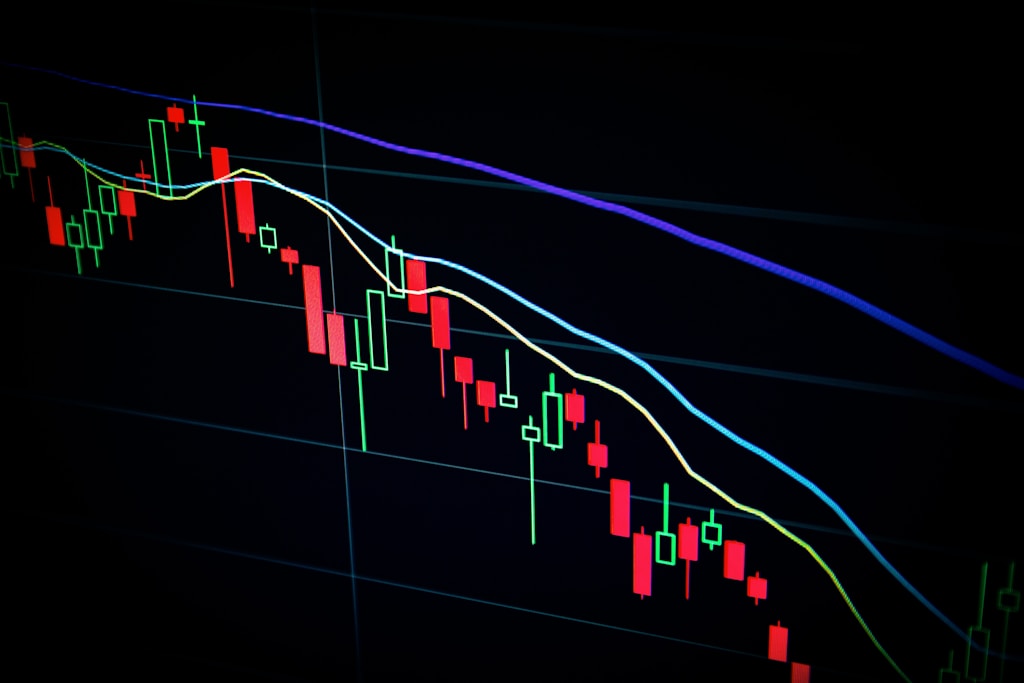In a devastating week for cryptocurrency security, major exchanges Coinbase and Cetus have suffered significant security breaches, with combined losses and potential damages exceeding $623 million. These incidents highlight growing concerns about centralized exchange vulnerabilities and underscore the importance of self-custodial solutions.
Cetus AMM Exploit Results in $223M Loss
On May 22, hackers exploited a critical vulnerability in Cetus’s automated market maker (AMM) protocol, successfully draining $223 million in digital assets within 24 hours. The attack, which targeted a flawed overflow check in the protocol’s smart contracts, allowed malicious actors to establish oversized positions with minimal initial capital. This incident has particular significance as it connects to the broader shift in DeFi dominance away from Ethereum, highlighting security challenges facing emerging blockchain platforms.
Coinbase Data Breach Affects 69,000 Users
In a separate incident, Coinbase revealed a sophisticated social engineering attack that compromised the personal data of approximately 69,000 customers. The breach, orchestrated through corrupted overseas support agents, exposed sensitive information including:
- Partial social security numbers
- Government ID images
- Bank account details
- Personal identification information
SPONSORED
Trade with confidence using advanced security features and up to 100x leverage
Market Impact and Security Implications
The combined impact of these breaches has sent shockwaves through the cryptocurrency industry, raising serious questions about exchange security protocols and regulatory oversight. Coinbase estimates potential damages of up to $400 million, while refusing a $20 million extortion attempt from the attackers.
Expert Recommendations for Crypto Security
Security experts recommend several immediate actions for cryptocurrency investors:
- Implement hardware wallets for long-term storage
- Enable multi-factor authentication on all accounts
- Regularly audit exchange exposure
- Consider non-custodial trading platforms
FAQ Section
How can users protect themselves from exchange hacks?
Users should prioritize self-custody solutions, implement strong security measures, and minimize holdings on centralized exchanges.
What are the warning signs of a potential exchange breach?
Watch for unusual account activity, unexpected email communications, and unauthorized withdrawal attempts.
Should users continue using centralized exchanges?
While centralized exchanges serve important functions, users should carefully evaluate security measures and consider limiting exposure to any single platform.
